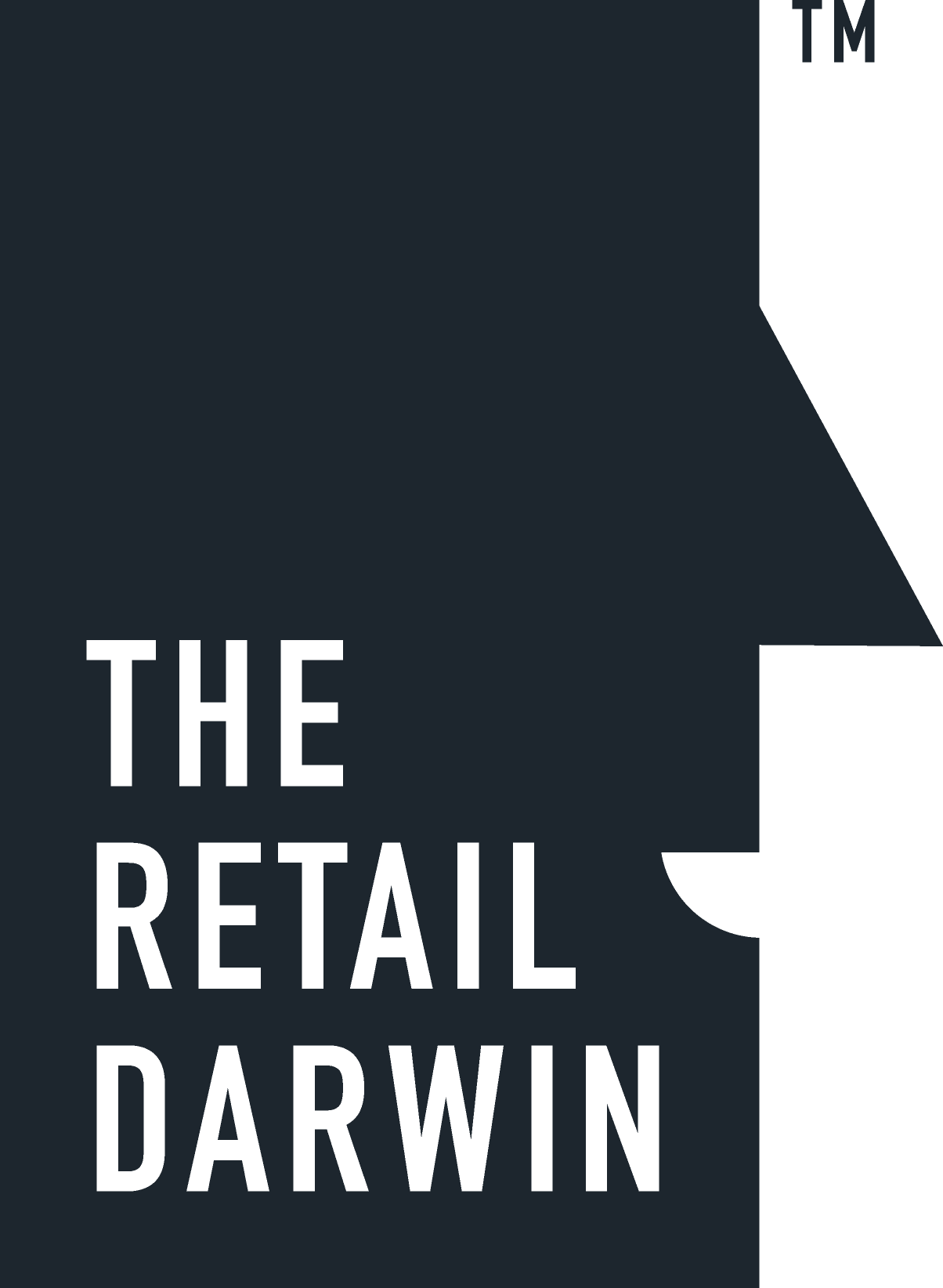Building A Store
Why e-commerce brands’ in-store strategies need to borrow from traditional retail
When Naadam Cashmere opened their first pop-up in Soho, they staged stuffed goats in the store to help tell a story that had worked online: positioning itself as the source for “ethical cashmere” that could make mindful millennials feel good about supporting, because the brand supports Mongolian goat herders.
The goats didn’t really work. “We needed to make the in-store experience more about the sweaters and less about the goats, ” said Naddam’s CEO Matt Scalan, “you can’t be so focused on telling a story that you forget to sell product.” As physical stores become critical to the growth of formerly e-commerce-only brands, balancing brand story with basic store logistics presents a new challenge.
Physical retail can free a digital brand from the ties of expensive Facebook retargeting and Google keywords while doubling as a retail channel and marketing tool. Data around Naadam’s pop-up showed that a $100,000 store investment could lower the cost of customer acquisition over time in the area by 60 percent. “What these brands are doing, or need to do be doing, is borrowing from traditional retail,” said Alex Lirtsman, chief strategist at branding agency Ready Set Rocket. “It shouldn’t be a radical departure, because the way people shop actually hasn’t changed.” In a store, brands are much more reliant on people as well as the the look and feel to communicate its story in ways that can inform without creating friction or asking too much.
Sources: Glossy (June 4, 2018) | Glossy (January 2, 2018) | Image: Laura Pittaccio


